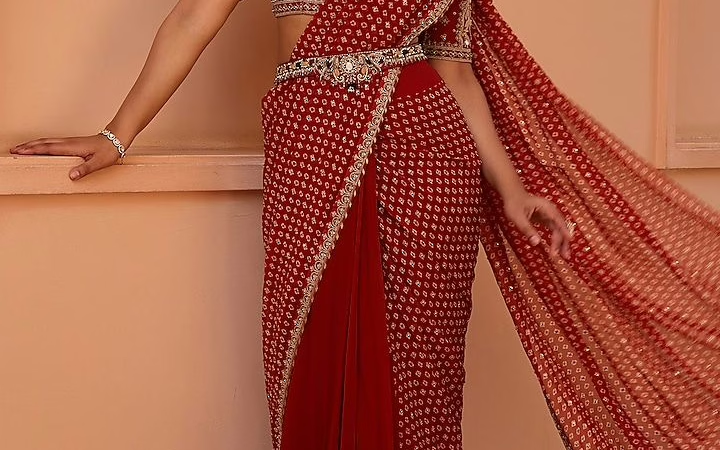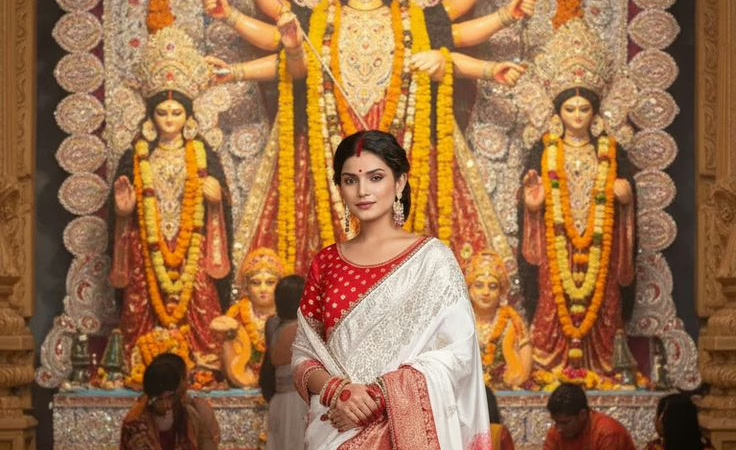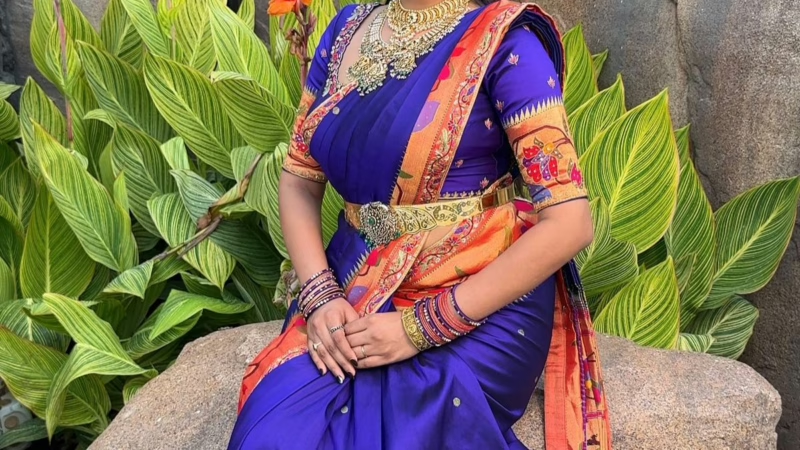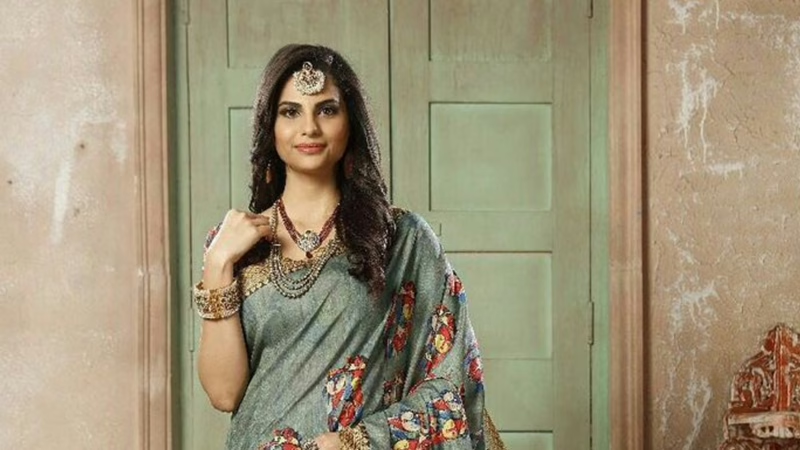Sarees have always been the ultimate symbol of sophistication and grace—timeless, elegant, and effortlessly stylish. But let’s face it, for today’s modern Indian woman, draping six yards of fabric perfectly can feel like a full-fledged battle. From managing the endless pleats and securing stubborn pins to worrying about accidental slips—it often turns into a mini melodrama before you even step out!
Tag: sustainable fashion
Durga Puja is the time to revamp your wardrobe with new clothes, out of which the saree finds a special place.
In this post, we’ll walk you through what saree to wear on each day of the puja with its meaning. So, you won’t only look gorgeous but also have a deep connection to the saree you wear during the festivities.
The history of Paithani Sarees is traced back to the Satvahana Dynasty of the 2nd Century BC. At that time, the saree was made of pure gold wire with cotton and silk. 2000 years ago, the Greco- Romans were very fond of Paithani sarees and they exchanged it for gold. It was worn only by the royals.
Kalamkari is a gorgeous art where stories are intricately weaved meticulously on fabric. Like Ajrakh prints, it is widely popular in the world of sustainable fashion. Moreover, ethnic wear lovers adorn Kalamkari prints with pride. They can be hand-drawn or hand-blocked mostly in mesmerizing earthly tones.
Punjab’s Patiala Suit is deep rooted in India’s culture and derived its name from the princely state of Patiala in Punjab in the early 20th century. It was the brainchild of its ruler Maharaja Bhupinder Singh who was fond of fashion and style. He tailored this suit for his courtiers who regularly rode on horses across the state and other regions of India.





